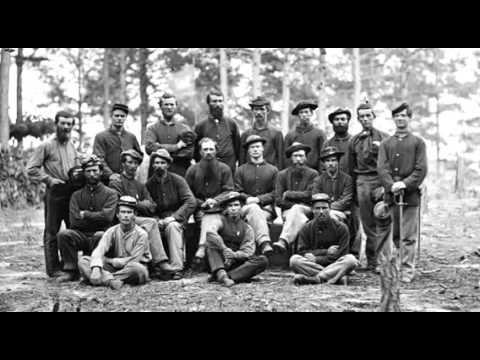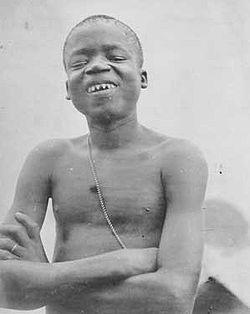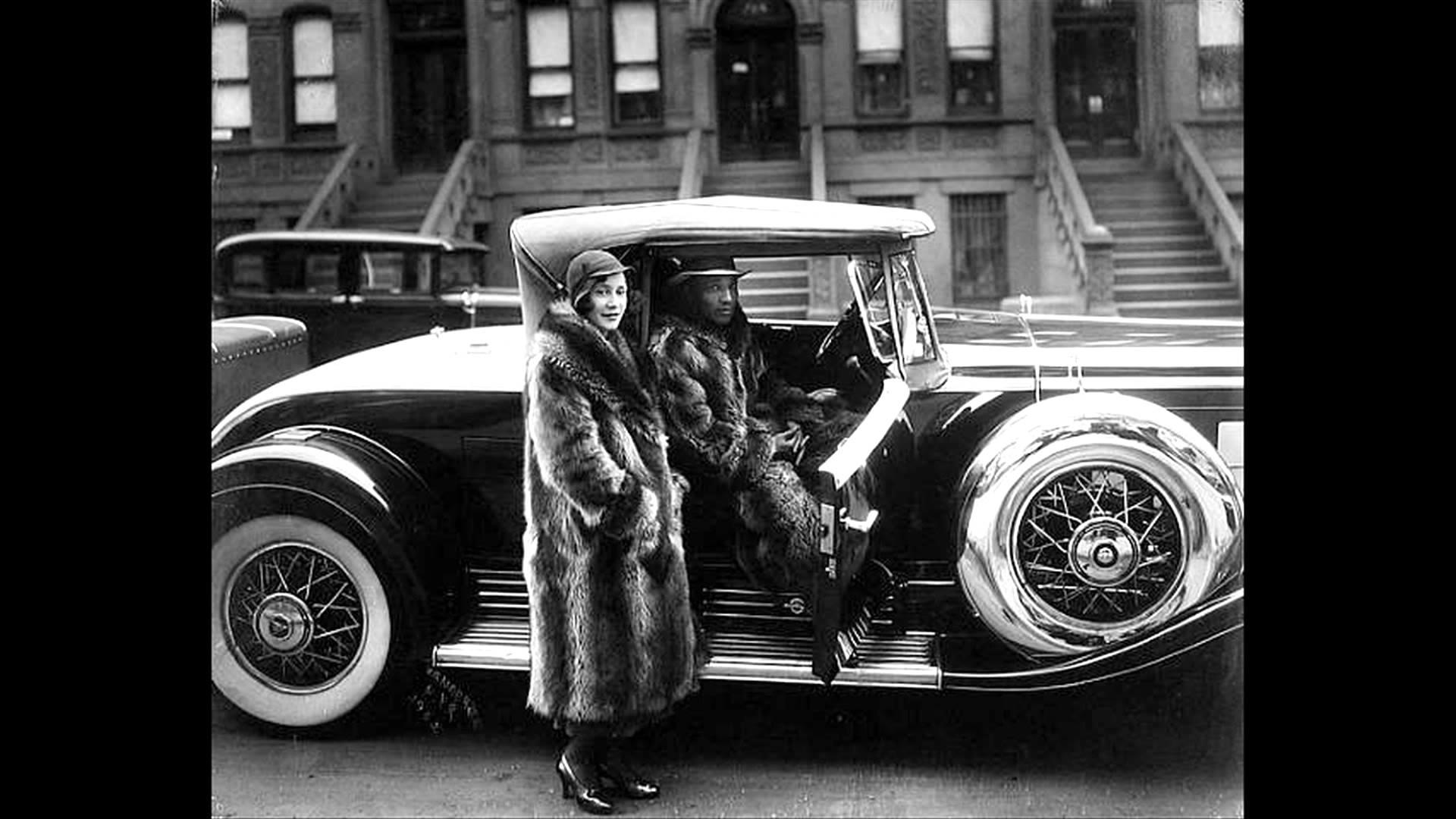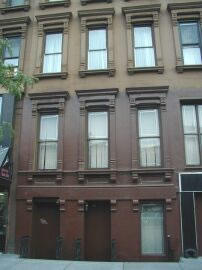Introduction
Harlem renaissance is an era that witnessed the beginning of African American works of art and liberation. Although some of the cultural features demonstrated by the art remained long after the renaissance, the period lasted for about ten years. Before the renaissance, slavery was a common phenomenon amongst several African Americans who worked in mines and plantations. Moreover, during the period before and after the renaissance, the whites regarded various works of art practiced by African Americans as primitive and uncivilized. The use of OBSCURA cameras was one of the strategies that advanced the works of art that several artists of the time executed.
Remarkably, during the period, several artists engaged in various cultural works of art that had messages of liberation and equal treatment of Africans and other minority groups in the United States. The connotative and denotative messages conveyed by the artists took a new turn when James Van Der Zee started using his works of art to depict African Americans differently with his unique portraits. Imperatively, Van Der Zee was among the individuals who produced comprehensive information concerning the Harlem renaissance.
Mathew Brady and His Photography
Mathew Brady, a child, born and raised by Irish parents, was a famous photographer, who remains in the history of the United States long after his demise. The uniqueness of Mathew Brady started after he joined the portrait painting class of Mr. William Page. After acquiring the lessons on painting and later photography, Brady opened his studio, started offering photographic lessons, and introduced various types of photographs. Due to his unique photographs and the newness of his portraits, he soared and attained a high place in the photography field as well as in the field of painting. As such, he became one of the famous icons in the history of the United States. Imperatively, his famous works of art included the ones that took the form of small cards commonly known as ‘carte de visite’ that were convenient to several individuals.
With the increasing need for photographs and portraits and the rising interest in their use in conveyance of messages, the photographs and portraits produced by Mr. Brady attained high demand in the United States. 1Some of the famous works of art that Mr. Brady produced comprised portraits of renowned individuals such as Mr. Grant and President Lincoln alongside other popular soldiers.
It is notable for highlighting that Mr. Brady used his photographs and works of art to convey a message to various individuals in the society concerning the realities of life. 2 the use of ‘carte de visite’ by Mr. Brady on soldiers before entering the war zones was a clear indication that he valued family ties and the importance of love within the society. Daguerreotypes, ambrotype, albumen print, and carte de visite were some of the major styles and types of photographs used by Brady.
Brady’s type of photography majored on still objects and focused on the production of real elements or aspects of society. For instance, during the First World War, Brady took thousands of photographs that depicted the real state of affairs in the war zones. 3During his exhibition after the war, the majority of the photographs represented graphic images of soldiers at war, who were alive, injured, or dead. These images demonstrated the significance that Mr. Brady accorded to communicating matters that are factual and authentic to the society. Although the images were scary, their usefulness in communicating the realities of the war to thousands of individuals in the country is the fact that scholars and historians cannot underscore. As a result, thousands of the images that Mr. Brady took before, during, and after the war are in the national archives and provide a vivid memory and awareness on the effects of war.

The Period before the Harlem Renaissance
Before the Harlem Renaissance, slavery was rife in several parts of the United States. Various African Americans worked in mines and plantations were they received harsh, inhumane treatment, and corporal punishment. Due to the difficulties in the kind of treatment that they received, many Africans died, and others opted to migrate to various parts of the country. Racism was a common challenge at the time, and various leaders planned murders and riots, which targeted Africans. 4The fact that several artists of the time used their portraits and paintings to demonstrate oppression and slavery clarify the presence of slavery, oppression, and mistreatment of Africans during the period. It is imperative to elaborate that the parts of the United States, which had pronounced effects of slavery, comprised the southern regions of the country. As a result, many African Americans moved to the northern regions away from these areas that practiced intense slavery and oppression.
The northern parts that a number of African Americans migrated to included Detroit and Harlem, formerly occupied by the whites. Mass migration of African Americans to places such as Harlem saw the cities that were formerly home to the whites become a residence to several Africans escaping from oppression and slavery. The resultant outcome of the mass immigration to places such as Harlem was a cultural renaissance that witnessed the production of various features of art that demonstrated some kind of freedom from oppression. Moreover, the artists of the time used their works of art, such as a poem, portraits, and drawings to express the importance of equality and fairness to all the citizens of the United States. Significantly, Harlem was the place where many individuals initiated campaigns that employed a combination of various works of art to advocate for freedom, the abolition of slavery, and equal treatment to all the citizens of the United States.
Jean Louis Agassiz
Jean Louis Agassiz was a professor of biology, who pioneered several theories in botany, zoology, and various aspects of biology. Born and raised in Switzerland, Louis later traveled and relocated to the United States as a professor of zoology and botany at Harvard University. Notably, Louis was a professor, who focused much of his works on the areas that concerned biology, zoology, and botany. Although much of the history concerning Louis relates to his work in the field of biology, some of his histories elucidate his perspective on the issues of slavery. 5From his works of art and statements, it is apparent that Louis Agassiz supported the notion that whites were superior over all the other individuals of the world. As a result, the majority of his works demonstrate some kind of bias that demean Africans and other colored individuals of the world as inferior to their white counterparts. Together with some of his colleagues in the university, which comprised individuals like Josiah Nott, they supported the concept of slavery and the rule of colored individuals in the world.
Ota Benga
Ota Benga, a pygmy from Congo, arrived in the United States during the early 20th century. Due to his appearance, various whites displayed him in zoos in reference to the evolution of man and the relevance it had on the Africans. 6The display of Ota Benga in various zoos such as the monkey zoo initiated an outcry from several African Americans, who looked at the act as demeaning. In addition, the display made Africans appear as lesser beings, which were lagging behind in development and evolution in relation to the whites. The implication of the act saw various individuals petition the leaders for freedom of the pygmy.
Several artists designed portraits of Ota Benga alongside other individuals mistreated and used them to champion for equality and fairness for everyone irrespective of their physical appearance. The outcry compelled the leaders to release the pygmy, Ota Benga, and hand him over to one of the protestant ministers, who took good care of the individual. The relevance of Ota Benga in the study of African American art stems from his illegal display in zoos during the era of slavery.

The portrayal of African Americans during the Harlem Renaissance
During the Harlem renaissance, slavery diminished, and several individuals in the United States began treating the Africans fairly. Factors such as the First World War and uprisings initiated by Africans, as well as externalities, brought individuals together and initiated a feeling of unity amongst them. Artistic designs and portraits of the time depicted some form of freedom and the challenges that Africans had experienced in their long fight for freedom from slavery. In addition, the works of art continued advocating for equality and fair treatment of all individuals in the United States. Artists such as James Van Der Zee were at the forefront championing for fairness and equal treatment of African Americans in the United States. Therefore, the perceptions of several individuals in the United States changed during the Harlem renaissance, and the role played by the artists such as James Van Der Zee was instrumental in the rebirth.
James Van Der Zee
James Van Der Zee was one of the individuals who played a major role during the Harlem renaissance. Apart from documenting the whole process and providing a comprehensive report, Van Der Zee also produced portraits and famous works of art that advocated for freedom and abolition of slavery in the United States. Some of the primary achievements in his photography and fight for the abolition of slavery include the use of portraits of individuals like Marcus Garvey and Countee Cullen. These individuals used by Van Der Zee were very vocal in the fight against slavery and the poor treatment of African Americans in the United States. After establishing his studio in 1916, Van Der Zee worked tirelessly to produce portraits and famous works of art that played an integral role in conveying the desired message of liberation and freedom from oppression. Fundamentally, hundreds of photos that Van Der Zee took during the First World War when he rose to fame are still in high demand even in the present times.
Several images produced after the Harlem renaissance by Van Der Zee demonstrate African Americans, who are free from oppression. Moreover, many of his photos and portraits highlight individuals who are enjoying life and living lifestyles that are different from the periods of slavery and oppression. For instance, the use of a couple in raccoon coats in which the man is partially inside the car.
The image presents African Americans as liberated and living presentable lives that every citizen in the United States admires. From the works of art produced by the artists in Harlem, it is evident that the renaissance changed the perspectives of the citizens and considerations that Africans were primitive and inferior to their white counterparts. Furthermore, in his photographs, he tries to employ what he thinks should be there so that the portrait becomes appealing and more presentable before the target audience. As a result, the role played by Van Der Zee in the rebirth using his portraits and works of art facilitated changes in the mindsets of several whites in the United States.

Periods of the Photographs Before and During the Harlem Renaissance
Before the Harlem Renaissance, many artists depicted African Americans as primitive and uncivilized. Moreover, the period demonstrated Africans as individuals who were inferior as opposed to their white counterparts. For instance, Jean Agassiz, the artist before the renaissance, viewed African Americans as individuals, who were inferior and supported slavery. Contrastingly, Mr. Van Der Zee, the artists, who did a lot of his work during the renaissance, demonstrated the sophistication that African Americans presented during the period. 7From the two scenarios before and during the Harlem renaissance, it is apparent that there was a change in the manner in which the society looked at African Americans.
The works of art designed by the artists before and during the Harlem renaissance depict the real state of affairs during the two periods. From their works of art, while the artists present before renaissance highlighted issues of slavery and oppression, those present during renaissance presented the sophistication that African Americans demonstrated.
After James Van Der Zee portrayed Africans as sophisticated individuals, who lived adorable lifestyles using his works of art, he created a positive impression from several individuals in the United States. The positive impression occasioned because of the positive images and portraits used by Van Der Zee in his works of art to present African Americans in a different manner. As a result, many whites, who initially believed that Africans were uncivilized and primitive, slowly changed their mindsets and started looking at Africans as equal beings. 8Through his works of art such as the painting that showed Africans owning cars and living in good houses, Van Der Zee expressed a message that Africans required were supposed to live a good and presentable life. By using these portraits, Van Der Zee conveyed a message concerning the betterment of the lifestyles of the African Americans, who had just acquired freedom from slavery.

Pablo Picasso
Pablo Picasso was a famous painter and sculptor from Spain, who made a pronounced impact in the world of art. Like several other painters and sculptors of the time, Picasso used his work to express messages and inform the world on the events that occurred during the period. In his works, Picasso developed several paintings majorly influenced by the various places he went to and his experiences. 9Conversely, Picasso had perceptions before and after the Harlem renaissance concerning Africans and slavery. Basing on his past knowledge concerning the issues of Africans and slavery, he did very little to demonstrate his perspective concerning the issues. However, after artists such as James Van Der Zee produced several portraits that demonstrated Africans in a sophisticated manner, his perception changed. The implication of the changed attitude occasions from the fact that Van Der Zee changed the view that individuals had concerning African Americans and slavery.
Carl Van Vechten
Born and raised in the United States, Carl Van Vechten became one of the renowned artists in the country’s history. Unlike many other individuals of the time, who held the notion that Africans were lesser and inferior to the whites, Carl Van Vechten believed that everybody deserved equal treatment and respect. As a result, he was among the major players, who facilitated the Harlem renaissance. In his works of art, Carl Van Vechten expresses his perspective concerning African Americans and the importance of living together in unity.
10From the artistic works that Carl Van Vechten did, it is apparent that he disliked racism and encouraged love and passion amongst individuals of different races. Some of the major blacks supported by the artist include Langston Hughes, Wallace Thurman, and Richard Wright. It is important to elucidate that Carl Van Vechten is very relevant in the study of African American art research. The relevance is evident as he was among the artists who played an important role in changing the mindsets of individuals concerning African Americans in the United States during the Harlem renaissance.
Conclusions
Harlem renaissance was a rebirth that saw many individuals change their attitudes and perceptions concerning African Americans. Before the renaissance, several people all over the world thought that Africans were inferior to the whites and therefore justified slavery. In an attempt to justify slavery, artists such as Agassiz, explain that the whites had to rule over other individuals of color in society. Conversely, when James Van Der Zee started using his works of art to present Africans in a different and more sophisticated way, the perceptions of many individuals changed. Together with artists such as Carl, Van Der Zee advocated for better lives using art. From the study, it is clear that the changes occasioned by the rebirth were significant since many African Americans acquired freedom from slavery, oppression, and unfair treatment initially subjected to them by the whites. Therefore, the role played by the artists before and during the Harlem renaissance had an impact on the lives of African Americans and their rebirth in the United States.
explain that the whites had to rule over other individuals of colour in the society. Conversely, when James Van Der Zee started using his works of art to present Africans in a different and more sophisticated way, the perceptions of many individuals changed. Together with artists such as Carl, Van Der Zee advocated for better lives using art. From the study, it is clear that the changes occasioned by the rebirth were significant since many African Americans acquired freedom from slavery, oppression, and unfair treatment initially subjected to them by the whites. Therefore, the role played by the artists before and during the Harlem renaissance had an impact in the lives of African Americans and their rebirth in the United States.
Reference List
Bancel, Nicholas, Thomas David, and Dominic Thomas. 2014. The Invention of Race: Scientific and Popular Representations. New York: Routledge. Web.
Bloom, Harold. 2004. The Harlem Renaissance. Philadelphia: Chelsea House Publishers. Web.
Carroll, Anne Elizabeth. 2007. Word, Image, and the New Negro: Representation and Identity in the Harlem Renaissance. Bloomington: Indiana Univ. Press. Web.
Farebrother, Rachel. 2009. The Collage Aesthetic in the Harlem Renaissance. Farnham: Ashgate. Web.
Gates, Henry Louis, and Evelyn Brooks Higginbotham. 2009. Harlem Renaissance Lives from the African American National Biography. London: Oxford University Press. Web.
Huggins, Nathan. 2007. Harlem Renaissance. London: Oxford University Press. Web.
Locke, Alain. 1925. The New Negro. New York: Simon and Schuster. Web.
Ogbar, Jeffrey, and Ogbonna Green. 2010. The Harlem Renaissance Revisited Politics, Arts, and Letters. Baltimore: Johns Hopkins University Press. Web.
Smith, Shawn Michelle. 2004. Photography on the Color Line W.E.B. Du Bois, Race, and Visual Culture. Durham: Duke University Press. Web.
Soto, Michael. 2008. Teaching the Harlem Renaissance: Course Design and Classroom Strategies. New York: Oxford University Press. Web.
Van Der Zee, James, Owen Dodson, and Camille Billops. 1978. The Harlem Book of the Dead. New York: Morgan & Morgan. Web.
Worth, Richard. 2009. The Harlem Renaissance: An Explosion of African-American Culture. Berkeley Heights: Enslow Publishers. Web.